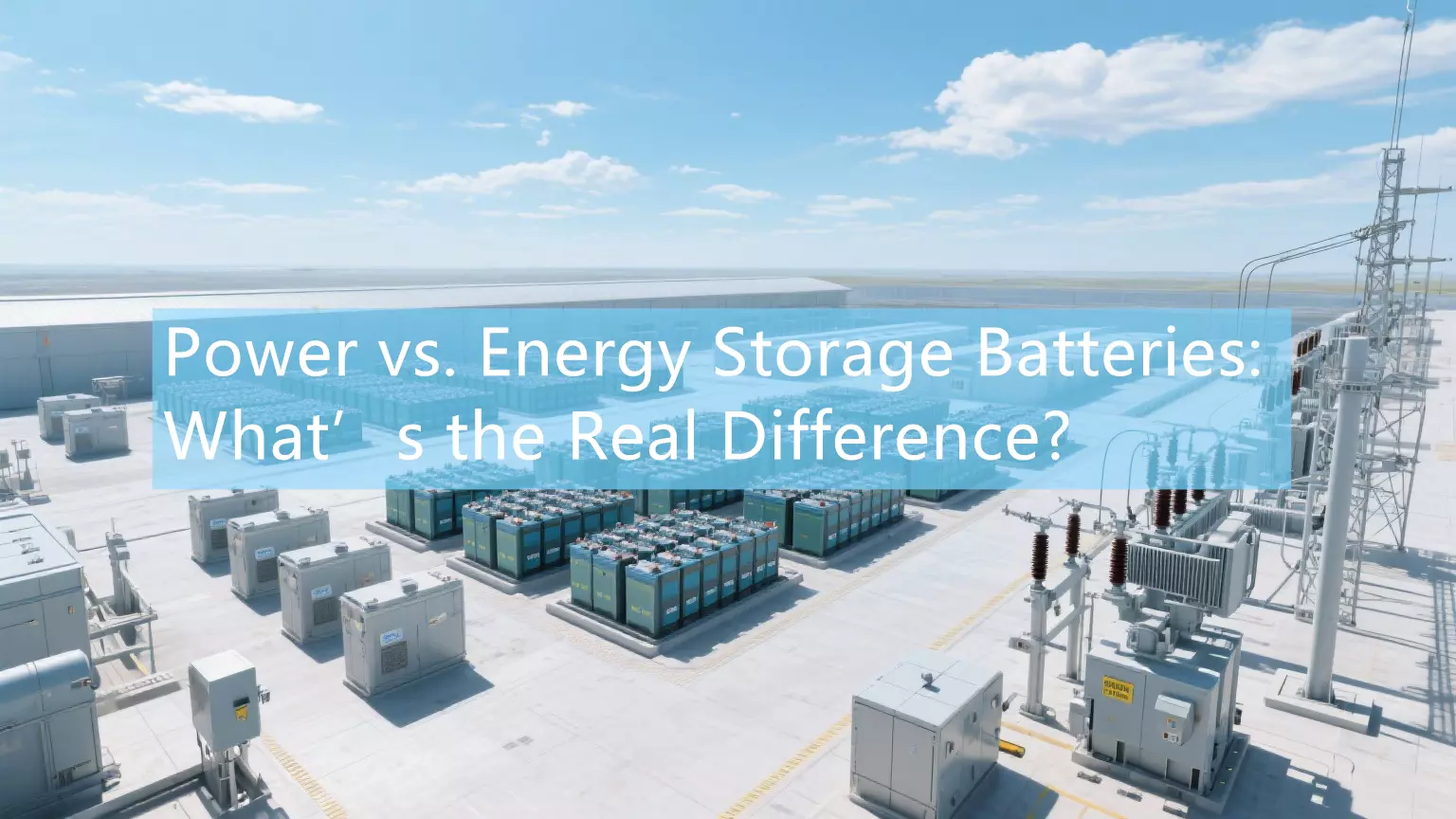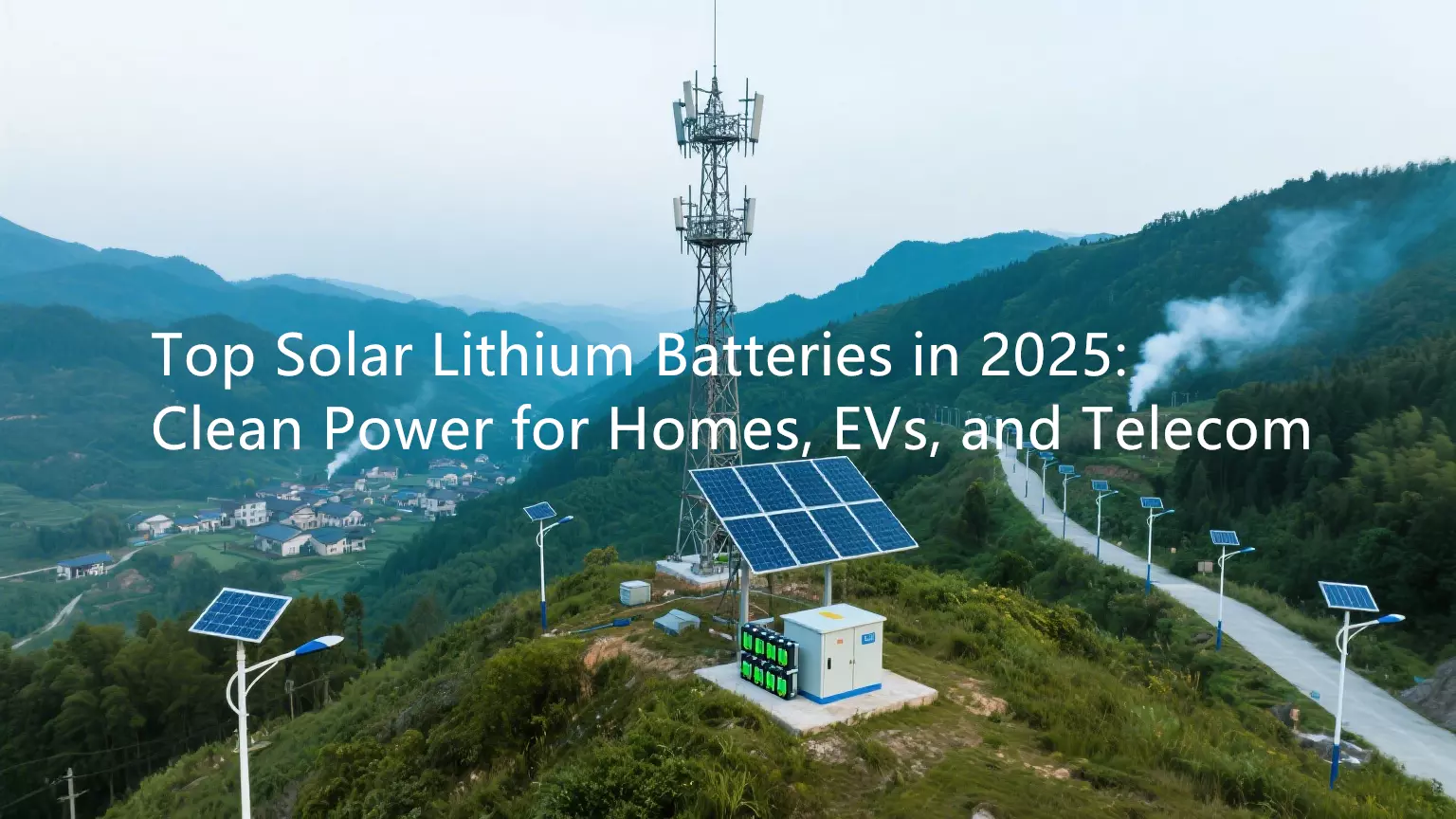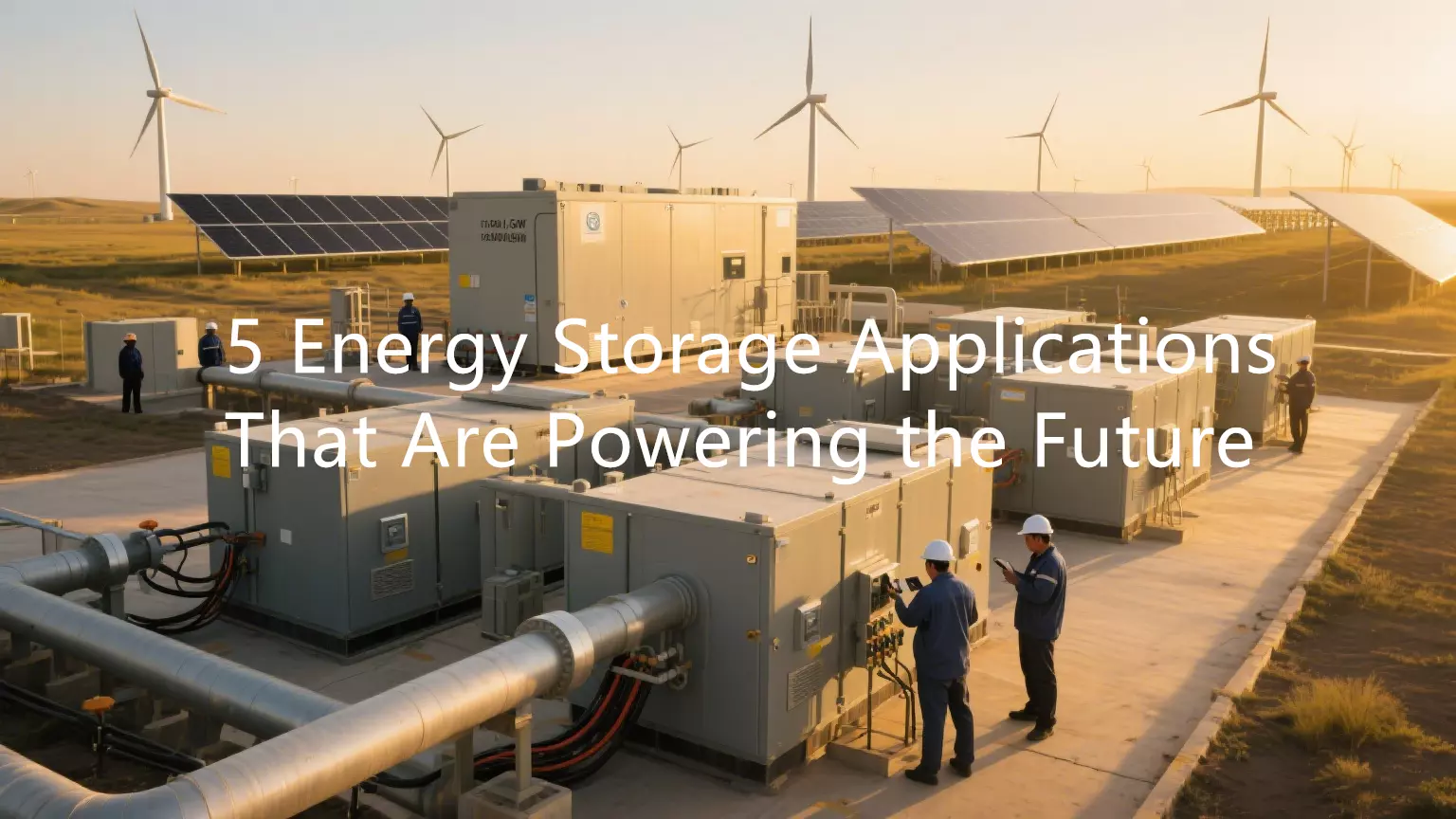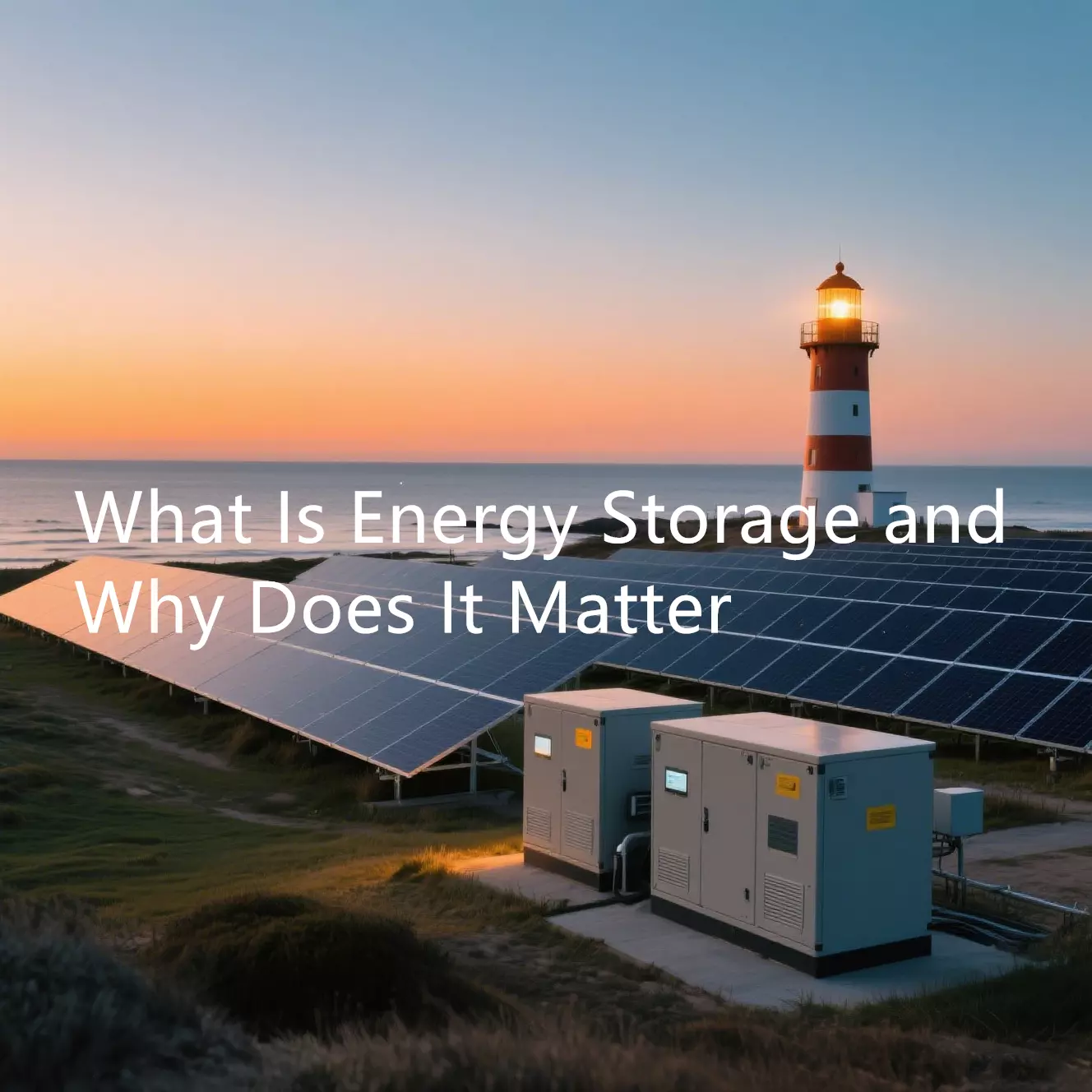For businesses in sectors like electric vehicles (EVs) and energy storage systems, it is crucial to choose suitable battery technology. Two of these are lithium iron phosphate (LFP) and nickel manganese cobalt (NMC) batteries. In 2023, LFP batteries constituted 30% of EV battery market up from 10% in 2020. Lower cost, longer lifetime and enhanced safety are the reasons why their popularity has increased over the years. On the other hand, NMC batteries have also gained ground due to their higher energy density which suits applications that require compact, lightweight power solutions.

What is an LFP Battery?
Lithium Iron Phosphate (LFP) batteries belong to the lithium-ion family whereby they employ lithium iron phosphate for cathode material. They have very high safety standards, excellent thermal stability and long life cycles. Unlike NMC batteries, LFP batteries depend on iron and phosphate. These materials are more readily available and cheaper than other materials. This makes them popular choices for various applications where expense and safety are extremely important.
They are widely used in electric buses and stationary energy storage systems. Additionally, there is a growing number of Electric Vehicles (EVs) that use LFP batteries. Some companies such as BYD and Tesla include LFPs in their vehicles, especially in areas with lower range requirements.
What is an NMC Battery?
Nickel manganese cobalt (NMC) batteries are a type of lithium-ion battery that uses a combination of nickel, manganese, and cobalt as the cathode material. This blend is renowned for its high energy density and power capabilities. Such attributes render NMC suitable for EVs and power tools. They eliminate the need to recharge electric vehicles often and are highly efficient in terms of their size.
However, there are several disadvantages of NMC batteries including higher prices, shorter lives as well as greater chances of thermal runaway. For these reasons, Tesla among others has started shifting from NMC to lithium iron phosphate (LFP) batteries; this is a move that is meant to enhance safety and cut cost.
Breakdown of the Key Differences: LFP VS NMC Batteries
Energy Density Comparison
Energy density, measured in watt-hours per kilogram (Wh/kcontrastg), shows how much energy a battery can store relative to its weight. Typically, NMC batteries have a higher energy density, around 150-200 Wh/kg. This allows them to store more energy in a smaller, lighter package. As a result, they are ideal for electric vehicles (EVs) and portable electronics, offering longer driving ranges and extended usage times.
On the other hand, LFP batteries have a lower energy density, usually between 90-160 Wh/kg. They can store less energy in a given volume. However, their thermal stability allows for tighter packing in prismatic or pouch cells. This reduces overall weight, making the difference less noticeable at the system level. Furthermore, innovations like cell-to-pack (CTP) and cell-to-chassis (CTC) technologies minimize this gap even more. These technologies integrate cells directly into the battery pack or vehicle frame, eliminating excess materials and weight.
Power Density and Performance
NMC batteries, with their higher power density, excel as starting batteries. They deliver quick bursts of energy, which translates to better acceleration and faster charging times. This makes them ideal for applications that require immediate and high power output, such as starting electric vehicles (EVs).
In contrast, LFP batteries are better suited as deep-cycle batteries. They provide steady, reliable power over longer periods, which is crucial for applications requiring consistent energy delivery. Although they have lower power density, LFP batteries offer greater safety and longer cycle life. This makes them the preferred choice for continuous and prolonged use, such as in energy storage systems.

Cycle Life and Longevity
The battery’s cycle life is important for determining its long-term value as well as performance. LFP batteries are renowned for their impressive cycle life, often exceeding 2,000 to 3,000 charge and discharge cycles before a significant capacity loss occurs. NMC batteries, however, are designed with shorter cycle life between 1,000 – 2,000 cycles. Therefore, LFP batteries with a longer cycle life will have a lower total cost of ownership because they need fewer replacements and maintenance. This advantage is particularly significant in large-scale energy storage settings where replacement costs can be substantial.
Safety Considerations
Safety is a paramount concern in battery technology, and both LFP and NMC batteries have unique safety profiles. LFP batteries are known for their excellent thermal stability and have a significantly lower risk of thermal runaway. Thermal runaway is a condition where the battery overheats and potentially catches fire. Most importantly this means that they remain safe even under higher temperatures.
On the other hand, NMC batteries are associated with a higher risk of thermal runaway because of their high energy density and use of cobalt as an element in their composition. As such, they may require the application of advanced BMS and thoughtful device engineering practices against overheat.
Performance in Extreme Conditions
At high temperatures (e.g., up to 60°C), LFP batteries perform better than other types since they maintain stability and power output effectively. Their maximum operating temperature ranges between 55°C (131°F) and 75°C (167°F), allowing for safe operation in hot climates.
Conversely, NMC cells excel in colder climates as their energy density remains high and power outputs stable down to -20°C (-4°F). NMC cells often incorporate complex thermal management systems to prevent overheating during heavy charging periods.
Environmental Impact
The environmental impact of battery technologies is a growing concern. LFP batteries have a much smaller environmental footprint since they lack cobalt which is linked to huge environmental pollution and human rights abuses. Furthermore, LFP batteries are much easier to recycle and dispose of in safe ways that minimize the risk of environmental contamination.
However, NMC batteries contain cobalt along with other heavy metals which makes them more challenging from an environmental perspective. The mining and refining of these materials are energy intensive and ecologically destructive. Although investigations are ongoing to reduce or eliminate cobalt in NMCs, this still remains a major concern for the current models due to their ecological and ethical implications.
Lithium iron phosphate (LFP) batteries outperform nickel manganese-cobalt oxide (NMC) batteries in terms of being ecofriendly because they have safer chemistries as well as are recyclable in nature.
Cost Analysis
LFP batteries generally cost around $80-100 per kWh due to the absence of cobalt, making them cheaper than NMC batteries, which cost about $120-140 per kWh. This cost advantage makes LFP batteries attractive for budget-conscious applications.
However, NMC batteries offer higher energy density and performance, justifying their higher price in applications requiring compact, powerful energy storage, such as electric vehicles.
LFP batteries also boast a longer cycle life, leading to lower total ownership costs over time due to fewer replacements and maintenance needs. Thus, while NMC batteries provide high performance at a higher initial cost, LFP batteries offer a more cost-effective, durable solution in the long run.
Which Battery Technology is Better?
| Feature | LFP Batteries | NMC Batteries |
| Energy Density | 90-160 Wh/kg | 150-220 Wh/kg |
| Power Density | Moderate | High |
| Cycle Life | 2000-4000 cycles | 1000-2000 cycles |
| Safety | High thermal stability | Higher risk of thermal runaway |
| High Temp Performance | Stable up to 60°C (140°F) | Requires advanced thermal management |
| Low Temp Performance | Less effective | Better performance in cold |
| Environmental Impact | Low, cobalt-free | Higher, uses cobalt and heavy metals |
| Cost | $80-100 per kWh | $120-140 per kWh |
LFP batteries are about 20-30% cheaper than NMC batteries and offer a cycle life that is up to twice as long. This reduces overall replacement costs. Additionally, LFP batteries have significantly higher thermal stability. This makes them much safer with a lower risk of overheating. From an environmental perspective, LFP batteries are 50% more favorable because they do not contain cobalt. This absence eases both ethical and environmental concerns. While NMC batteries provide higher energy density, the cost savings, enhanced safety, and longer lifespan of LFP batteries make them the more practical and sustainable option for most applications.
Conclusion
Both LFP and NMC batteries have their pros and cons and are suitable for different applications. LFP batteries excel in safety, life, and cost, making them ideal for stationary energy storage applications and high-safety applications. In contrast, NMC batteries offer higher energy density and performance, making them a better choice for electric vehicles and high-demand consumer electronics.
Understanding the specific requirements of an application is critical to selecting the right battery technology. By carefully considering factors such as energy density, cycle life, safety, environmental impact, and cost, you can make an informed decision that best meets your requirements.





